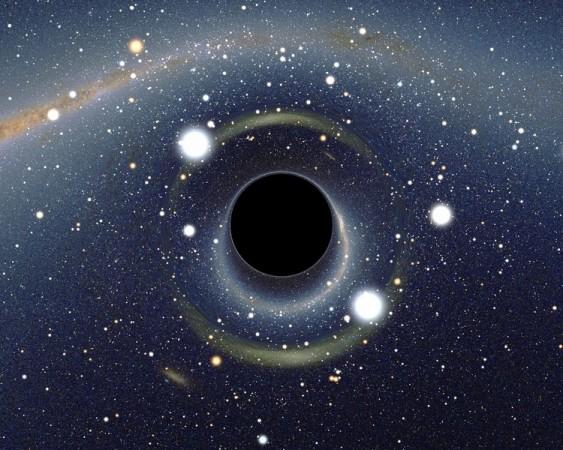
Astronomers from America and Australia while making comprehensive study of nearby M83 galaxy, have found MQ1, a superpowered small black hole. MQ1 is the first black hole to be thoroughly studied.
The team examined the MQ1 system with several telescopes and found that it is a small black hole of standard size, rather than a larger version that they theoretically assumed.
It is crucial to understand how the stars evolved, formed and died within a galaxy like M83, explained Dr. Roberto Soria, senior research fellow at the Curtin University, a member of the International Centre for Radio Astronomy Research (ICRAR) and the lead to the team investigating MQ1, according to ABC news
"MQ1 is classed as a microquasar -a black hole surrounded by a bubble of hot gas, which is heated by two jets just outside the black hole, powerfully shooting out energy in opposite directions, acting like cosmic sandblasters pushing out on the surrounding gas", Soria said.
"The significance of the huge jet power measured for MQ1 goes beyond this particular galaxy: it helps astronomers understand and quantify the strong effect that black hole jets have on the surrounding gas, which gets heated and swept away", he added.
The MQ1 as described by the Hubble Space Telescope is larger than our solar system though the black hole in MQ1 is around 100 kilometers wide. Black holes differ in sizes and divided into either steller mass, which is around 70 times the mass of the sun or supermassive that is million times the mass of the Sun.
MQ1 is a stellar black hole and expected to be formed when a star died leaving behind a compact mass. It was discovered as a result of broad study of galaxy M83. M83 is being monitored by the Hubble Space and Magellan telescopes, Chandra X-ray Observatory and Australia Telescope Compact Array and the Very Large Array.
















